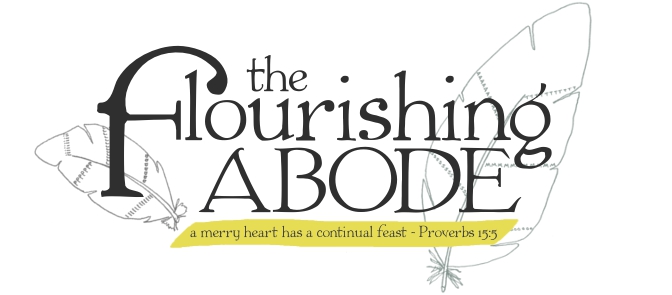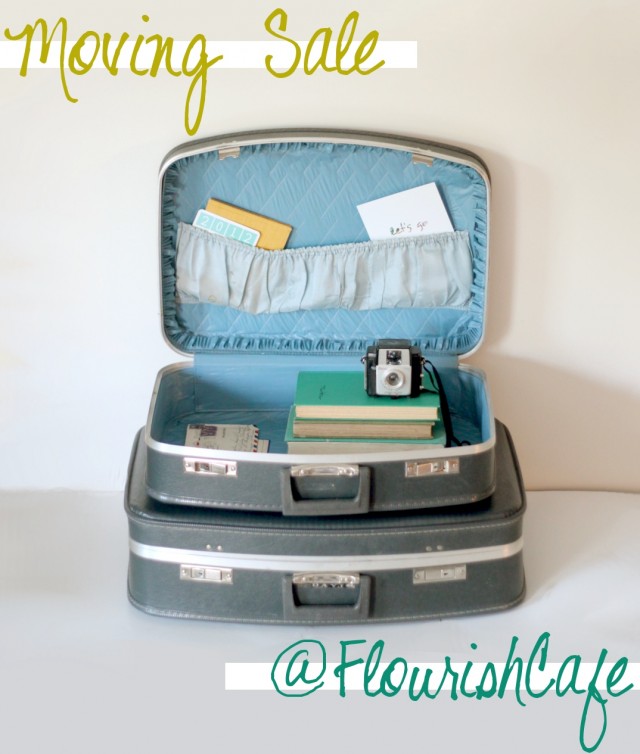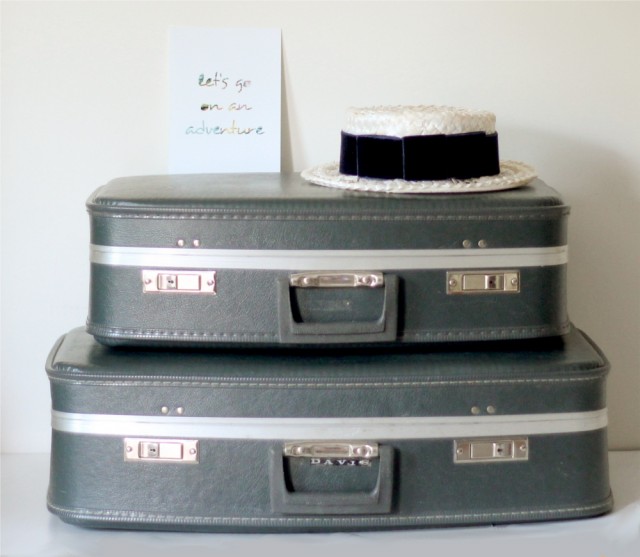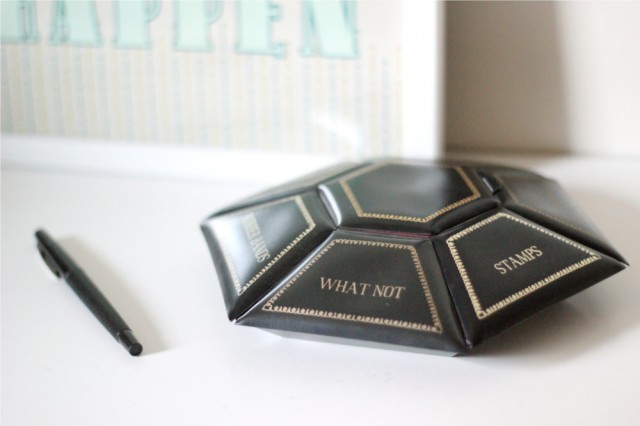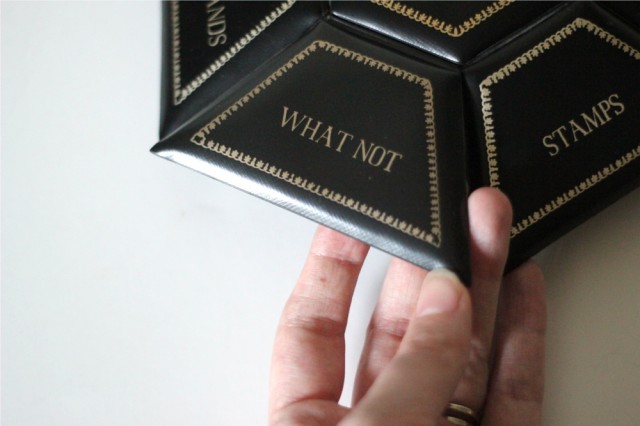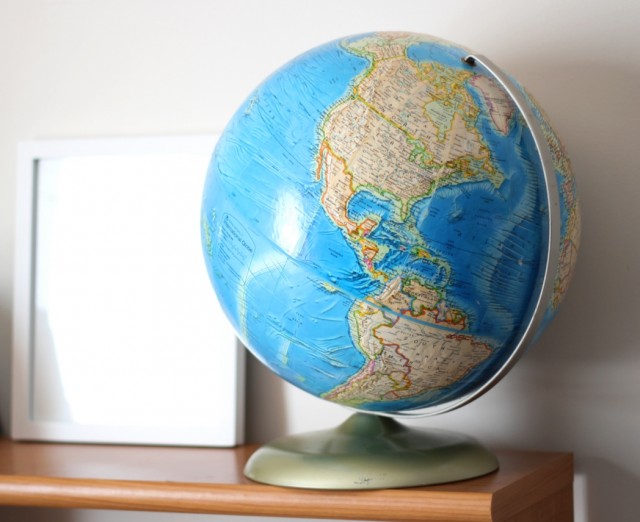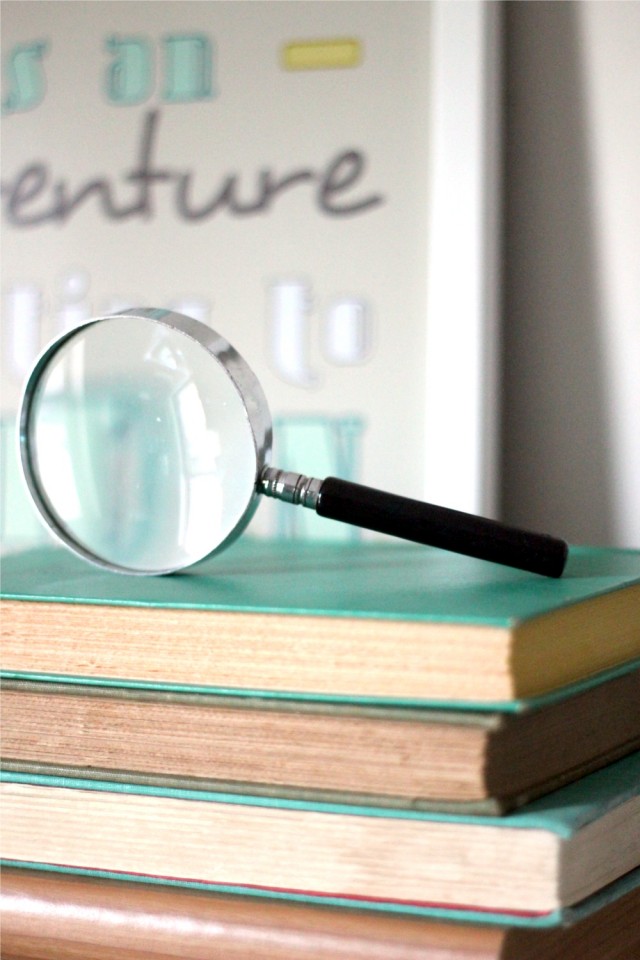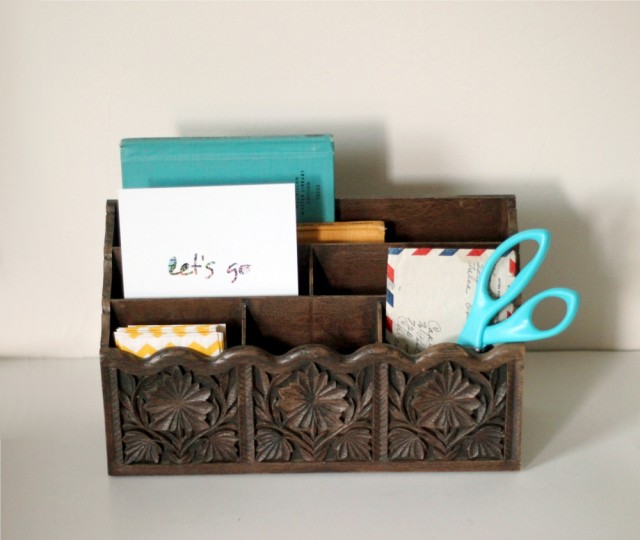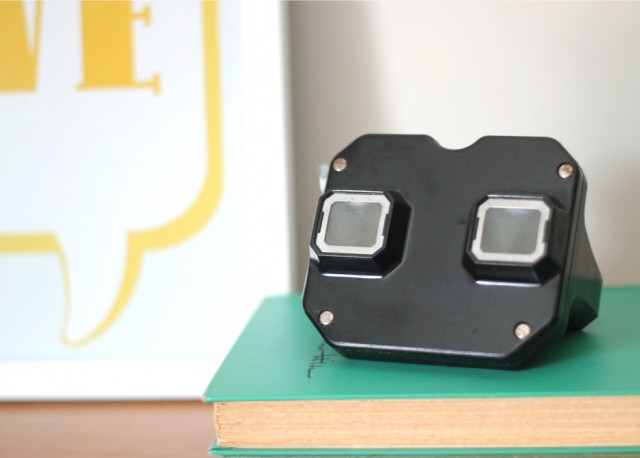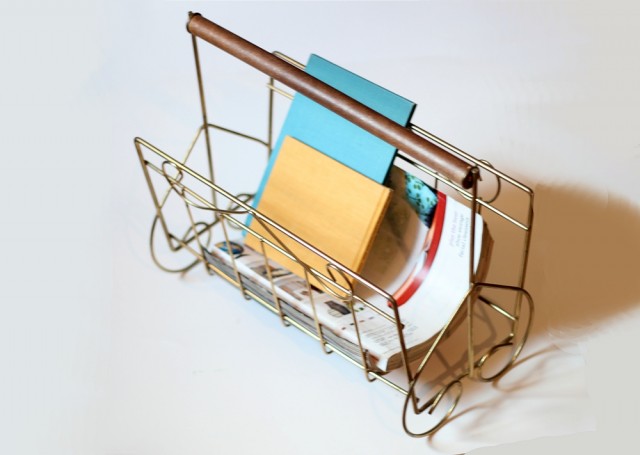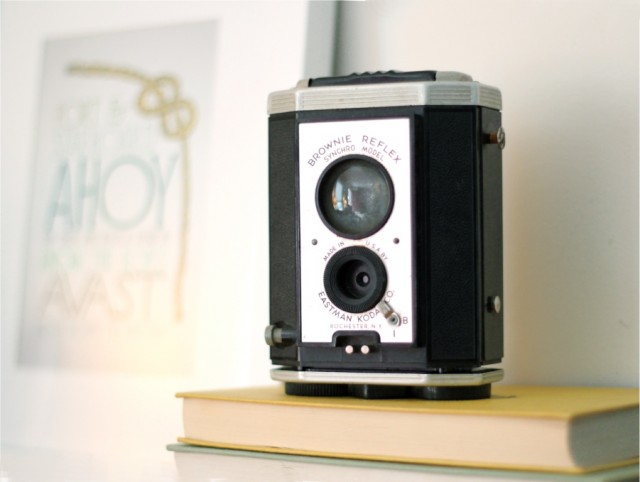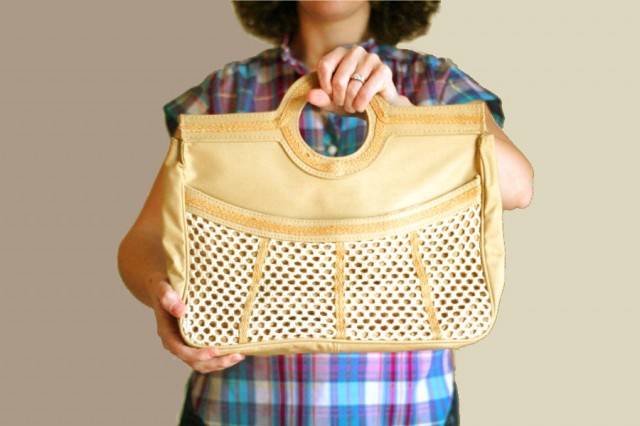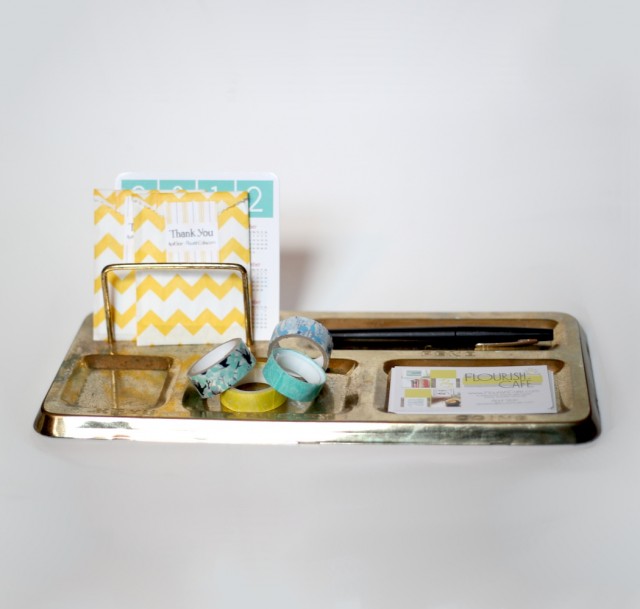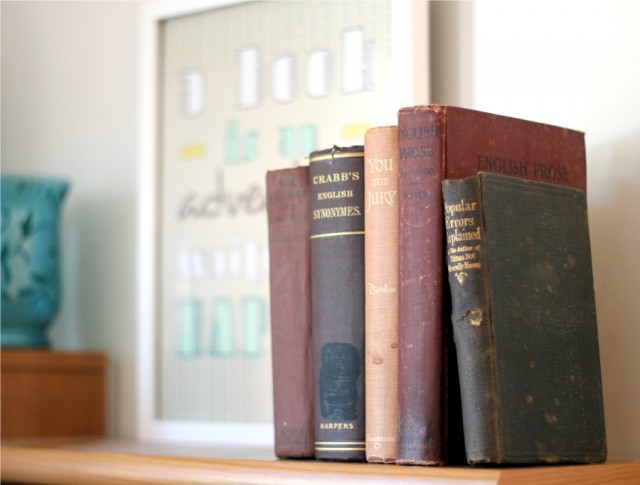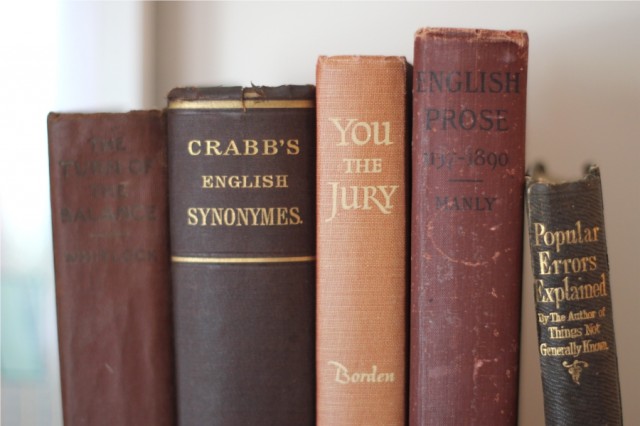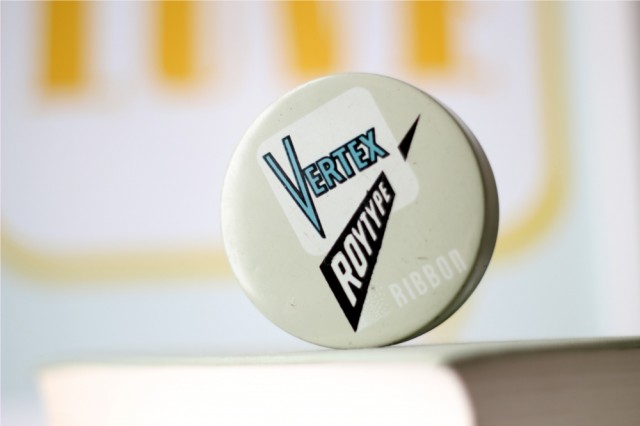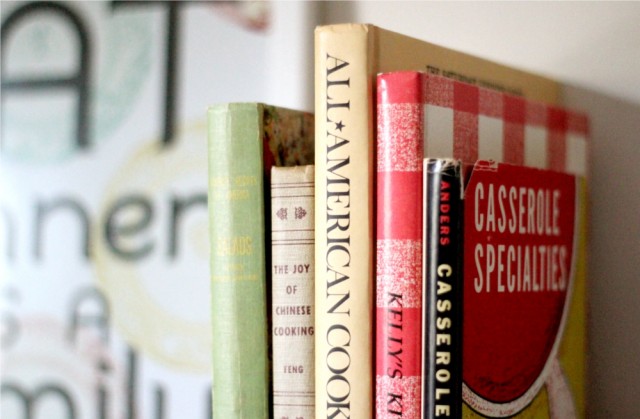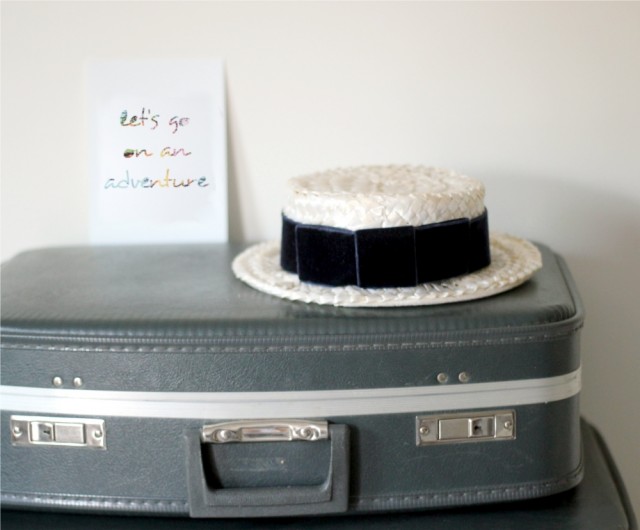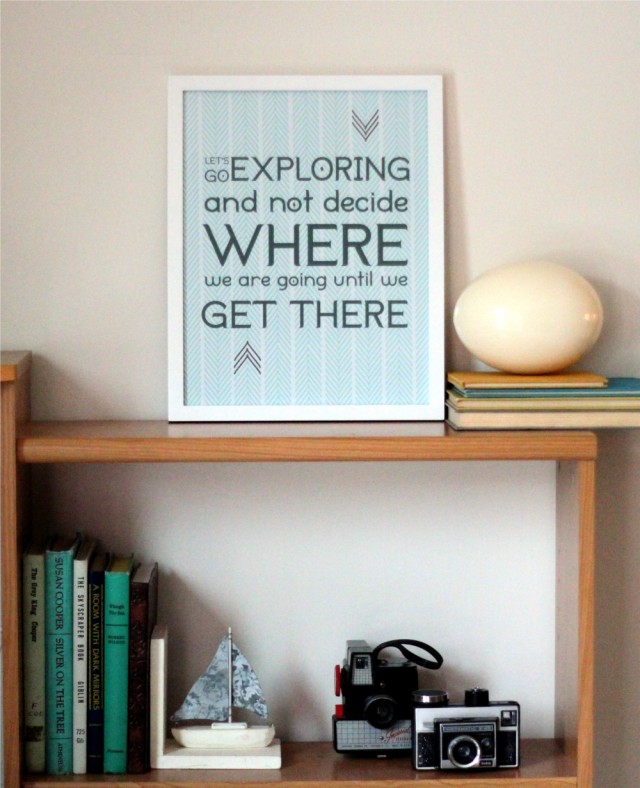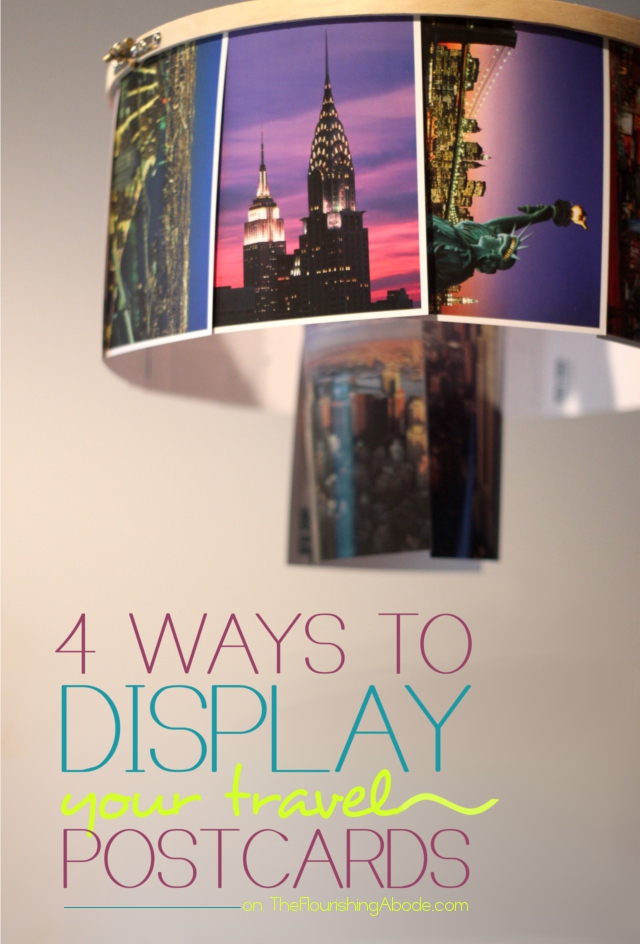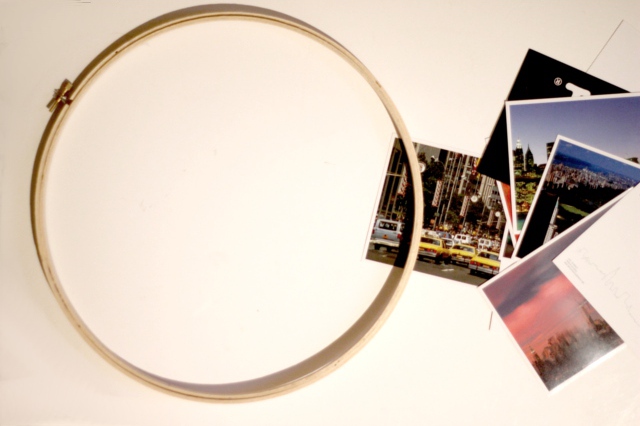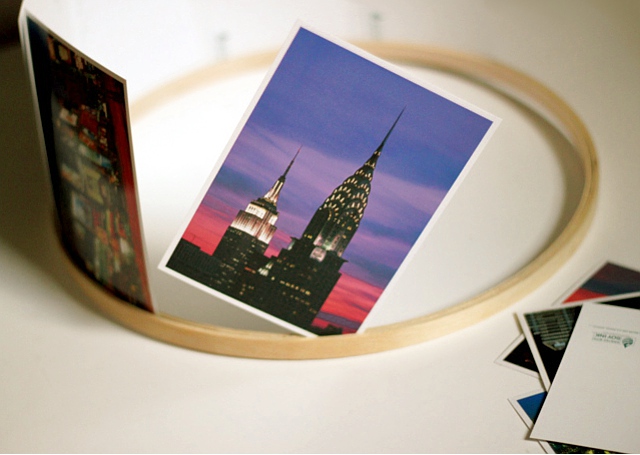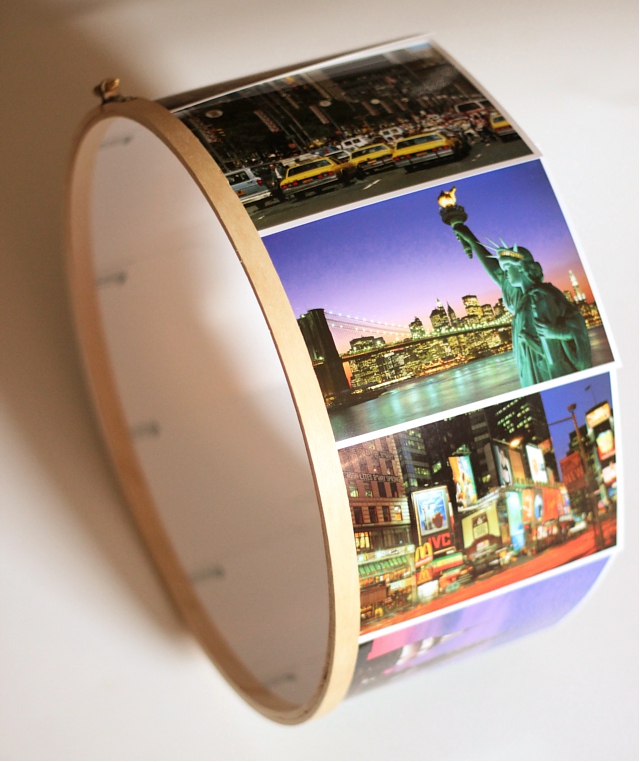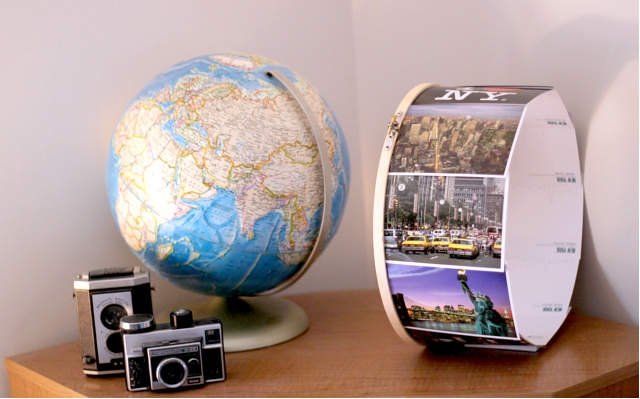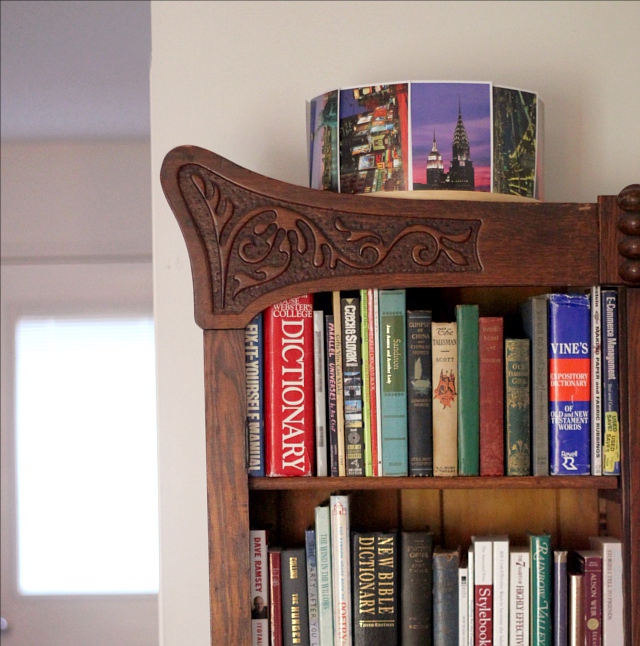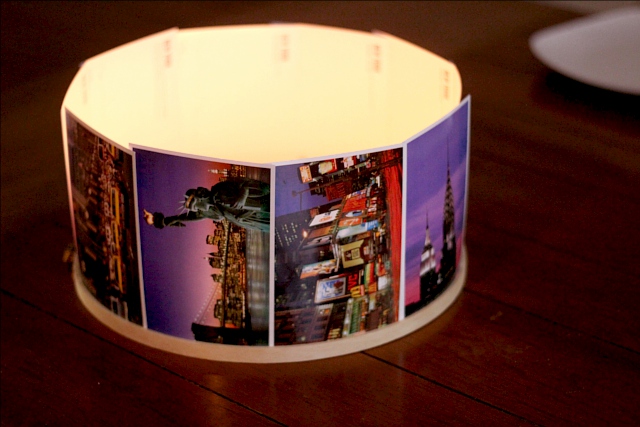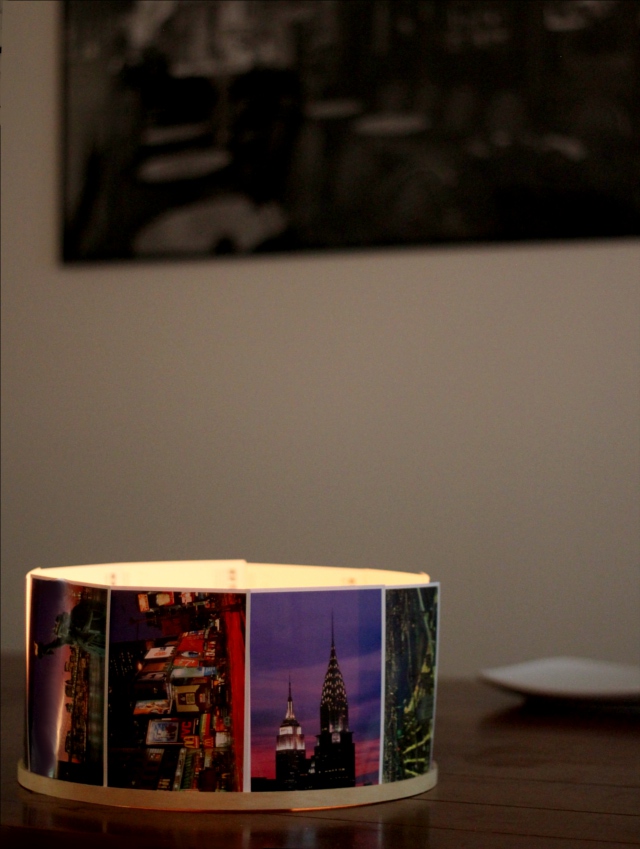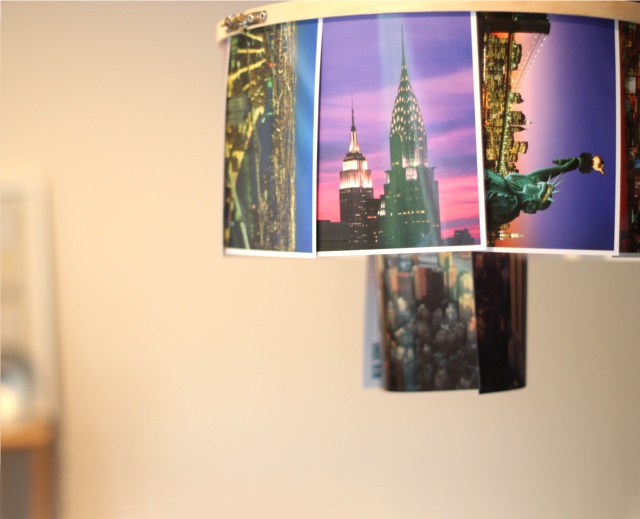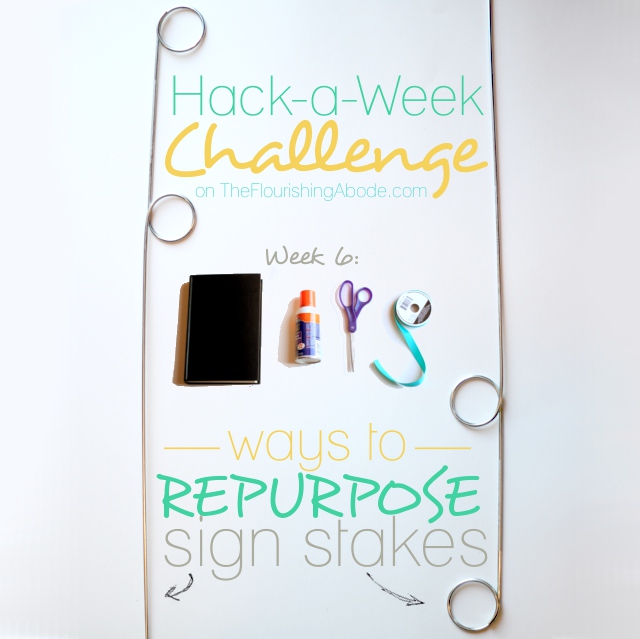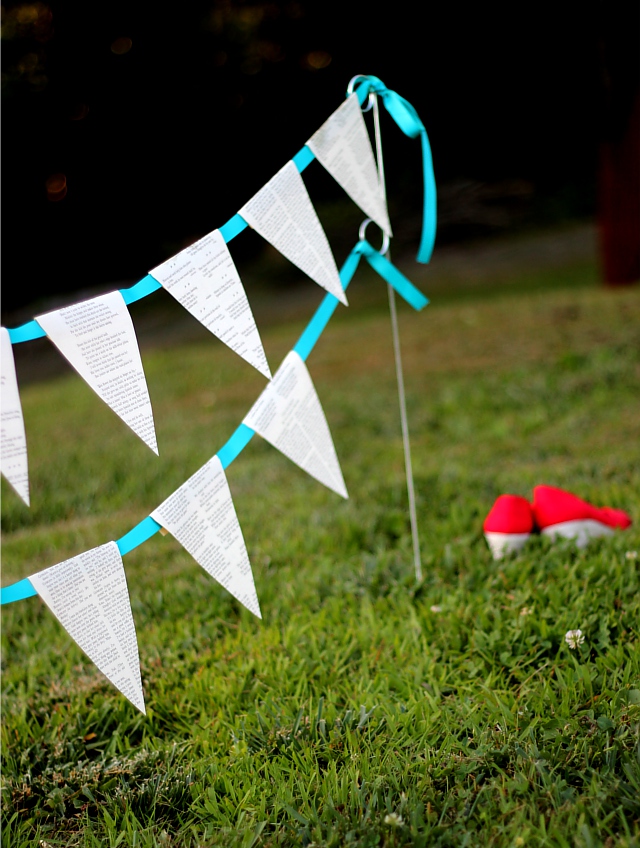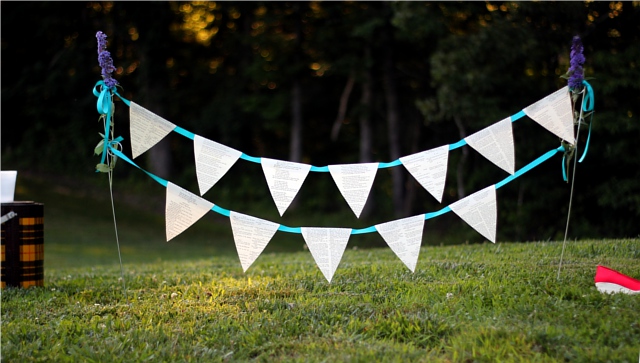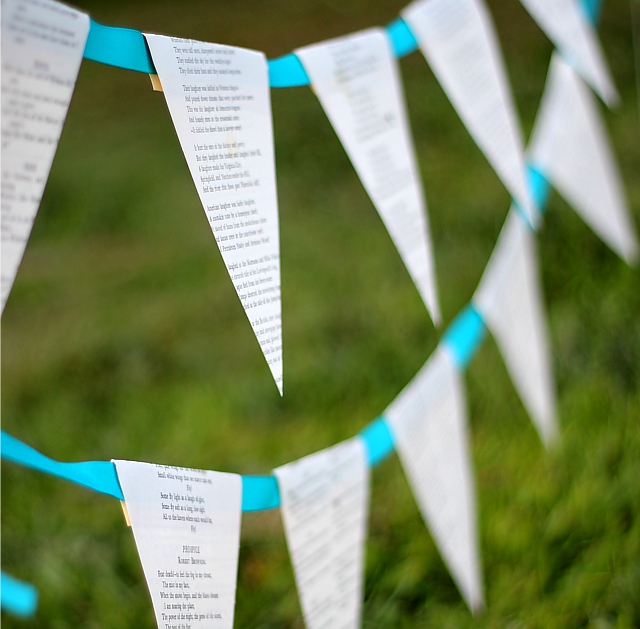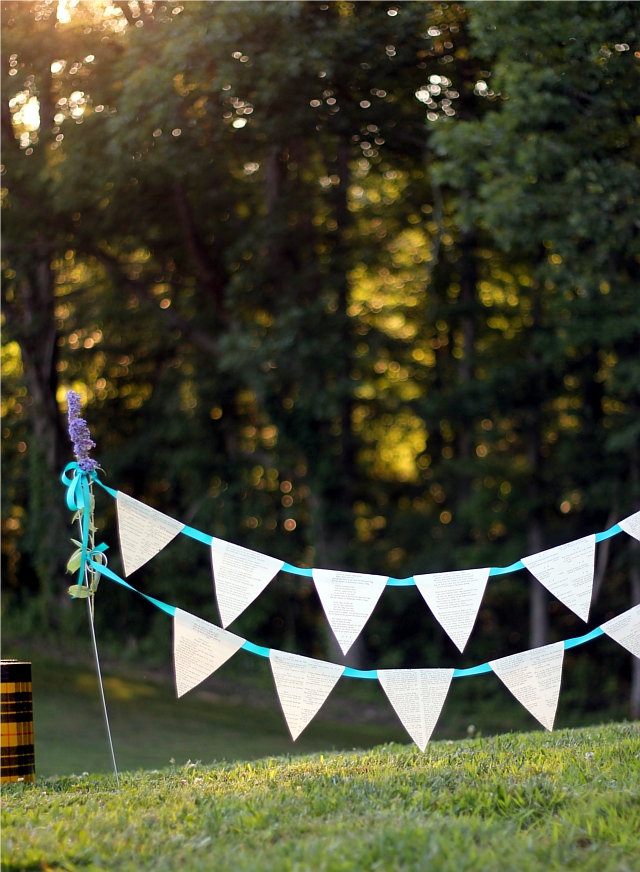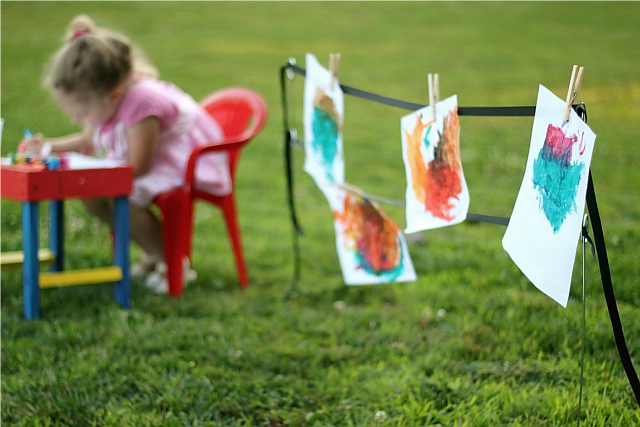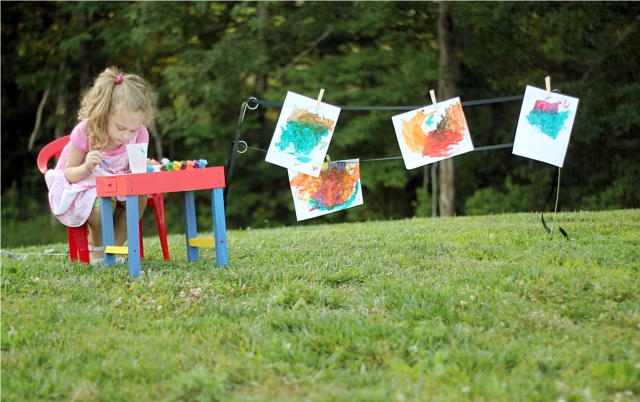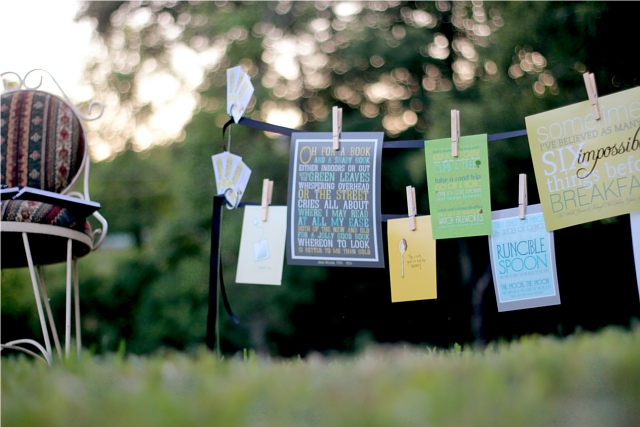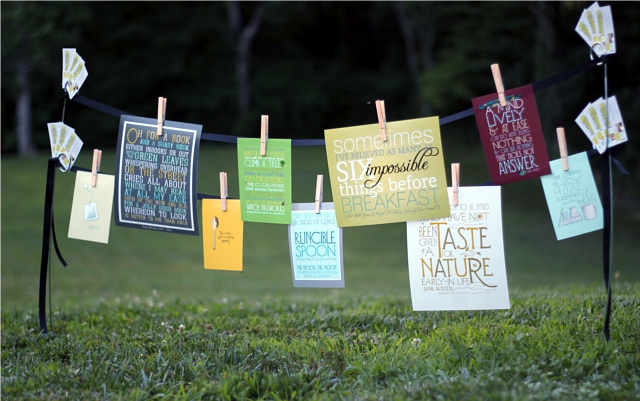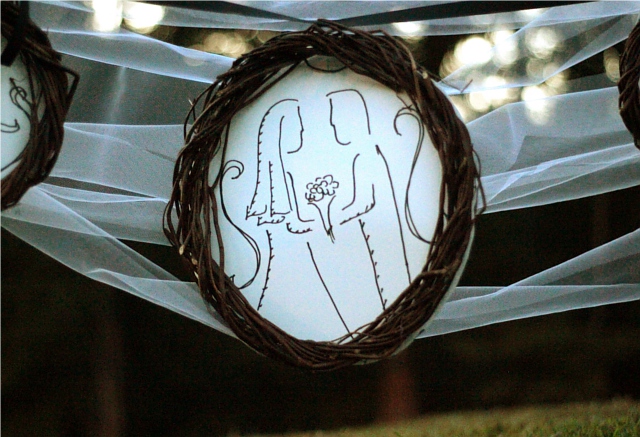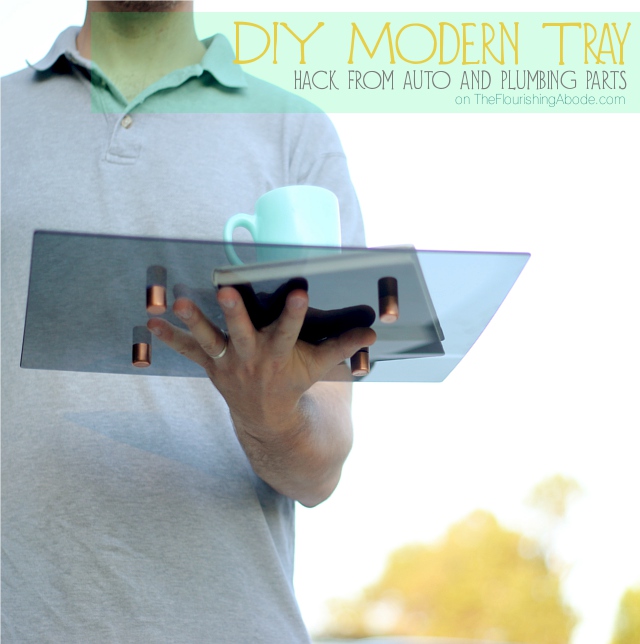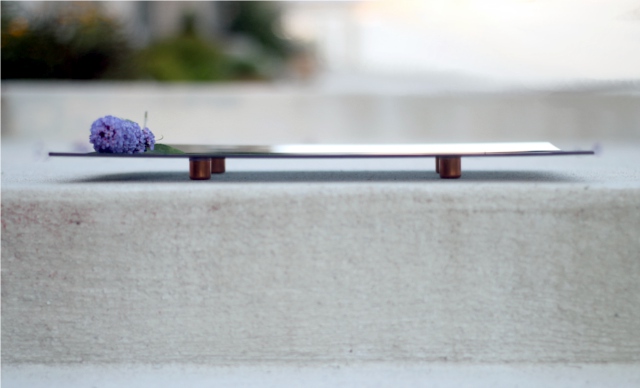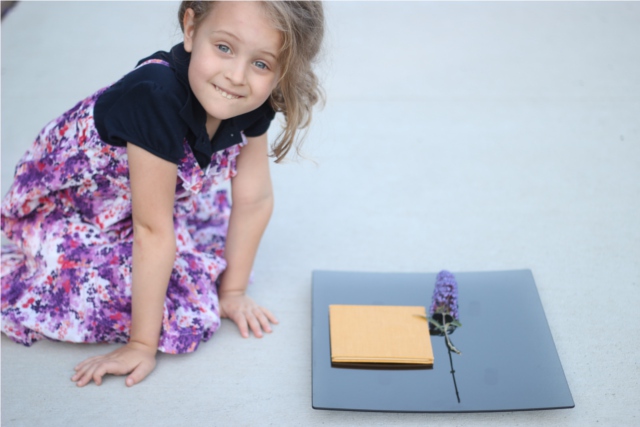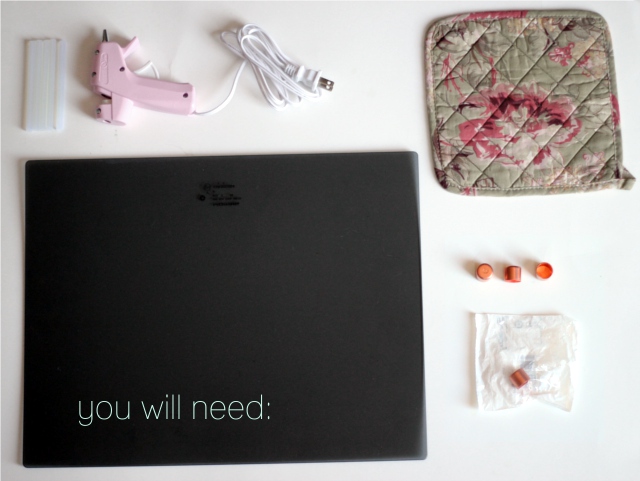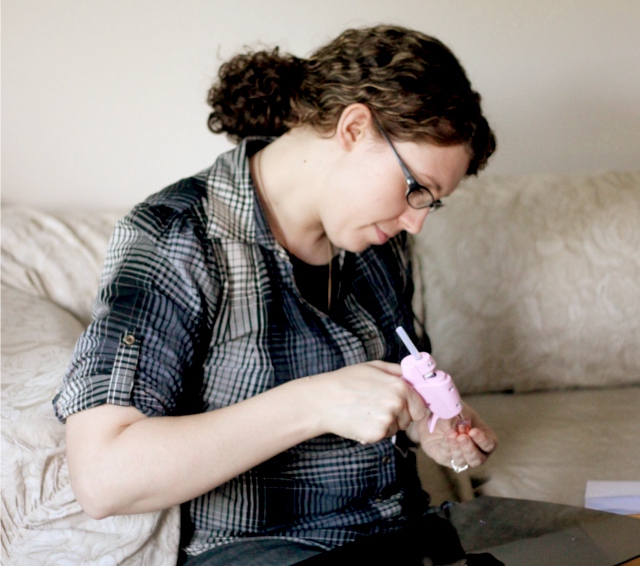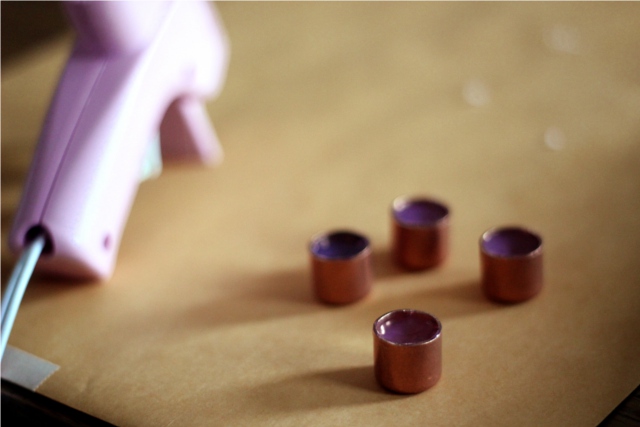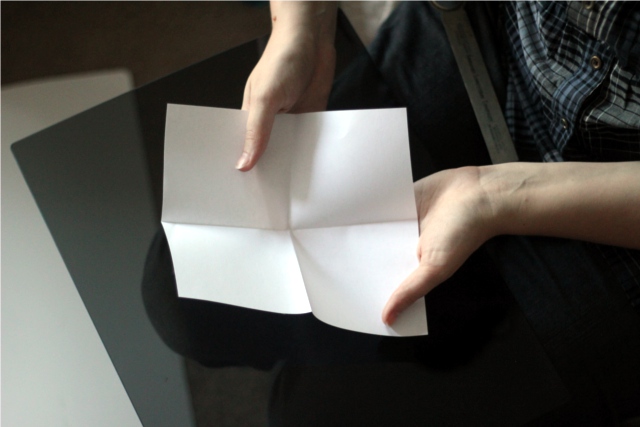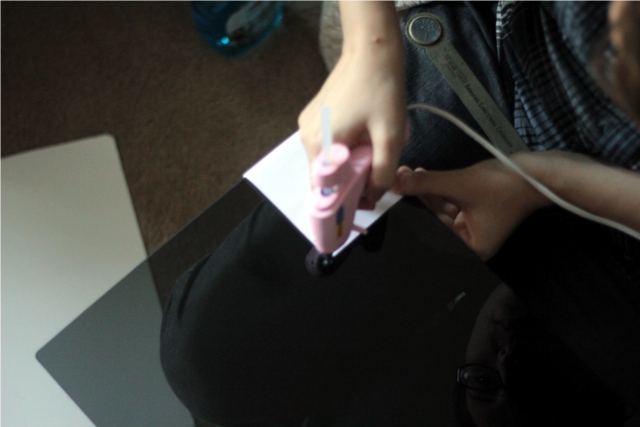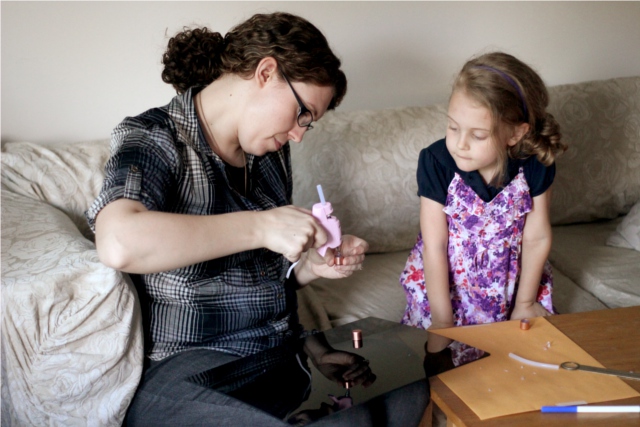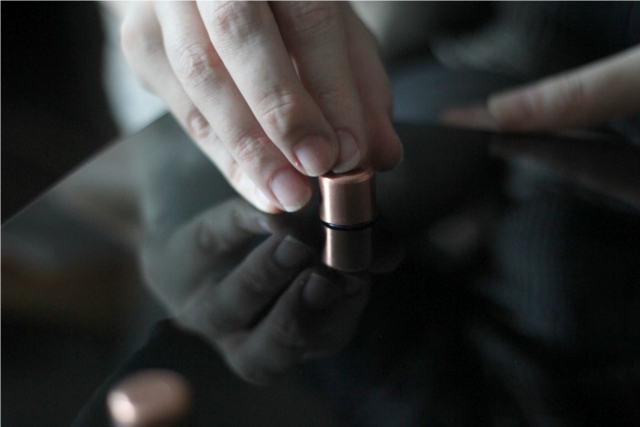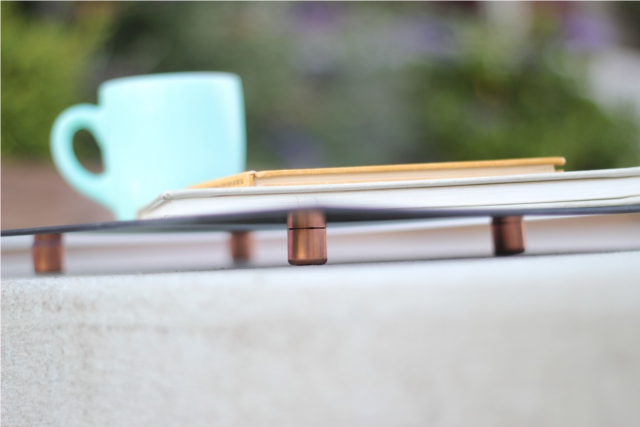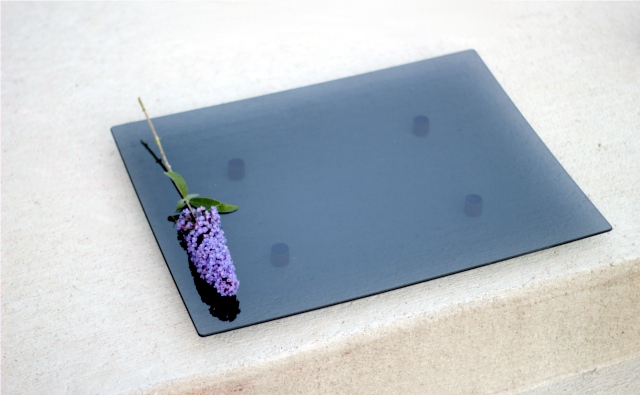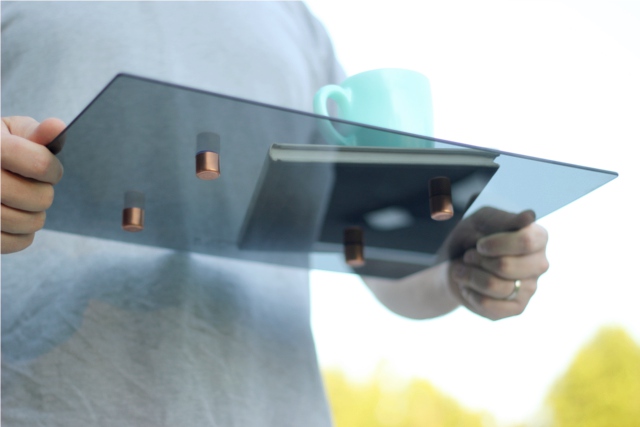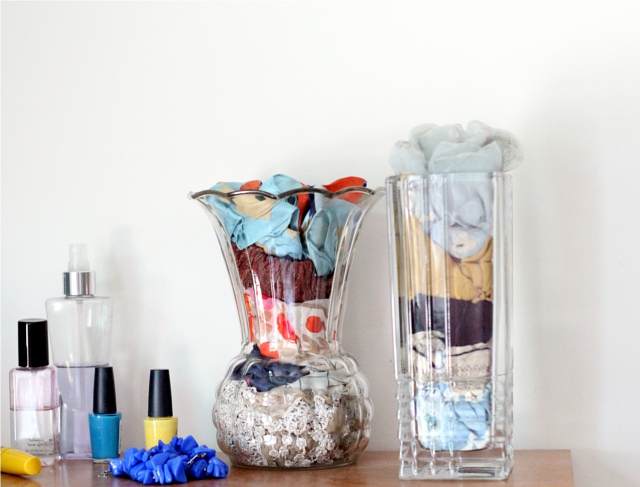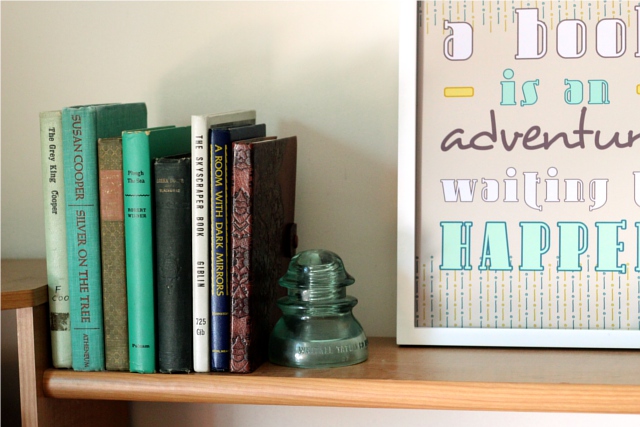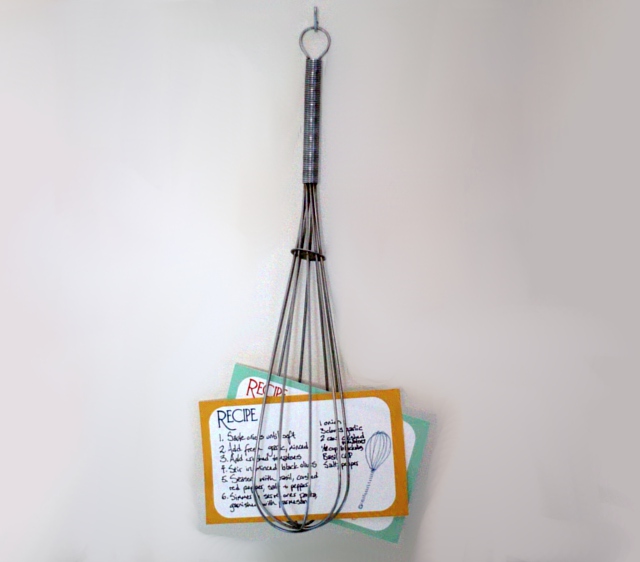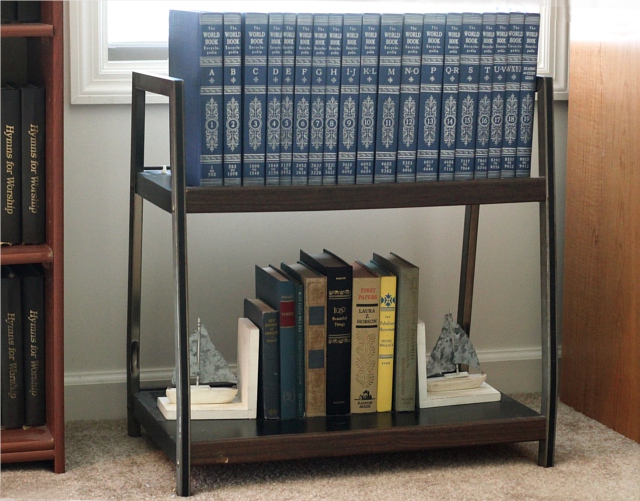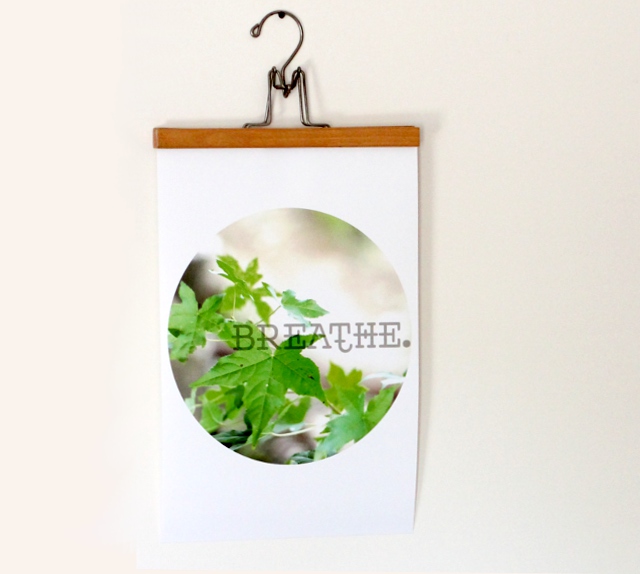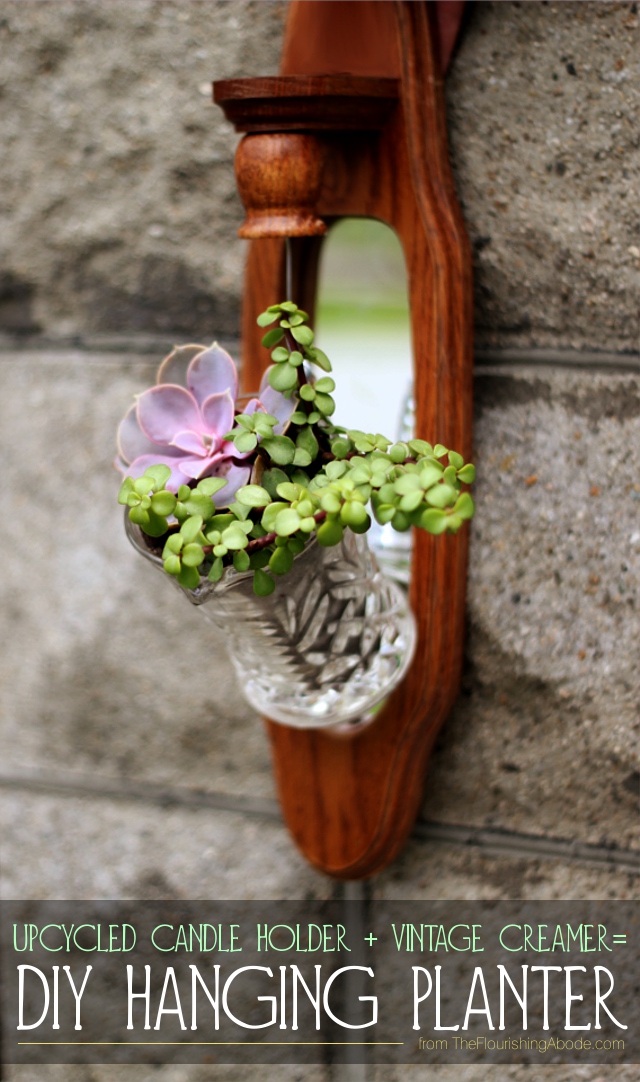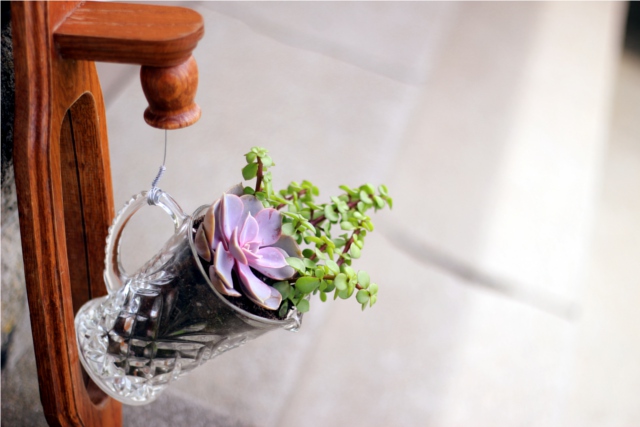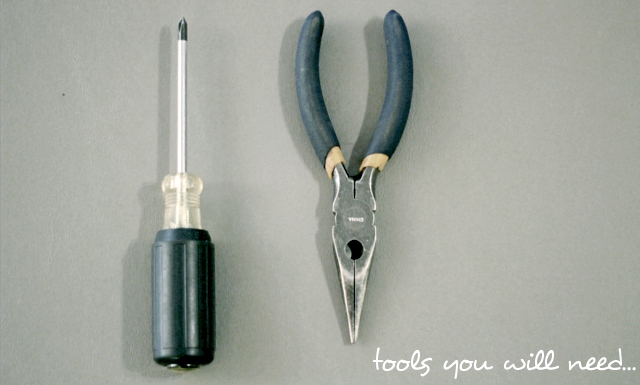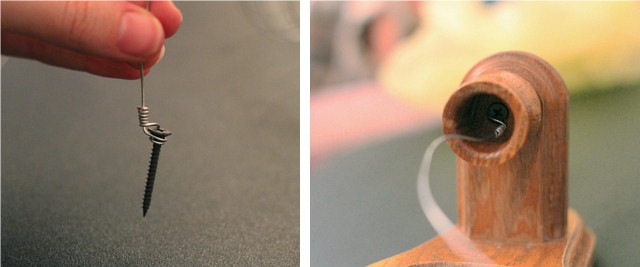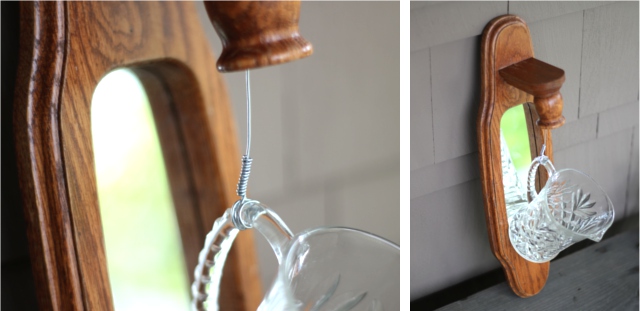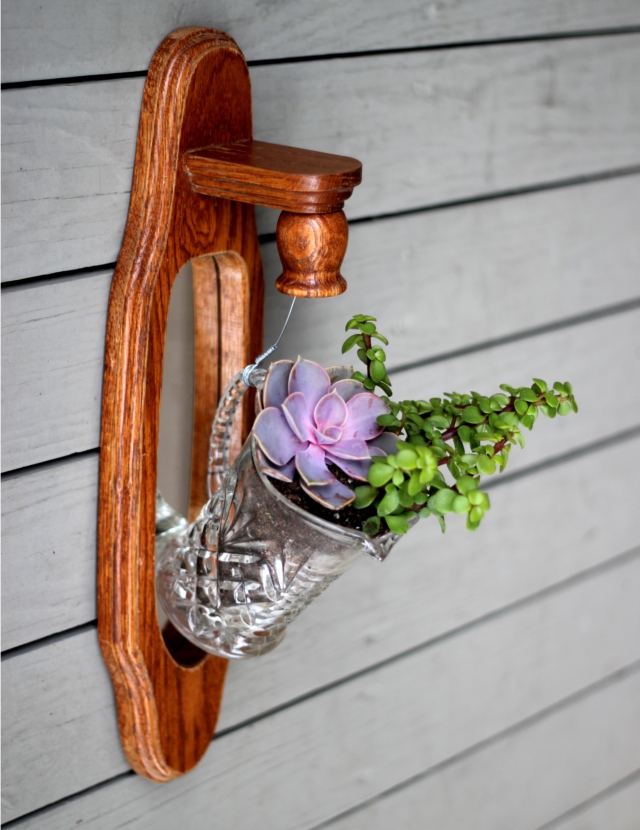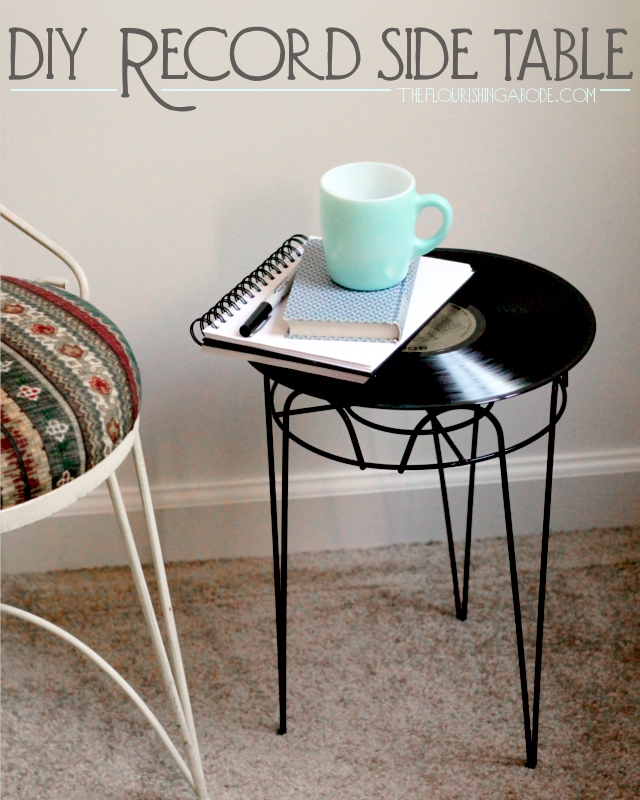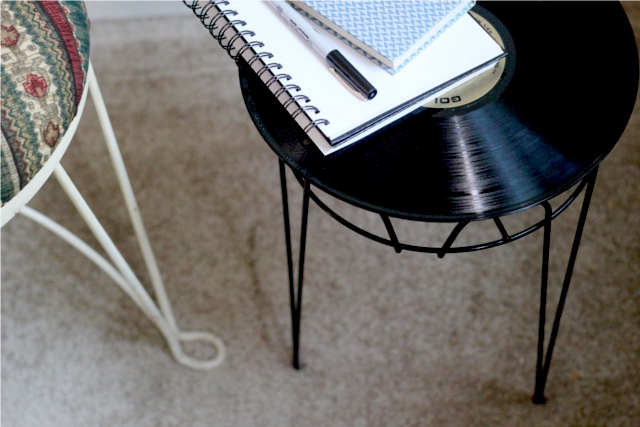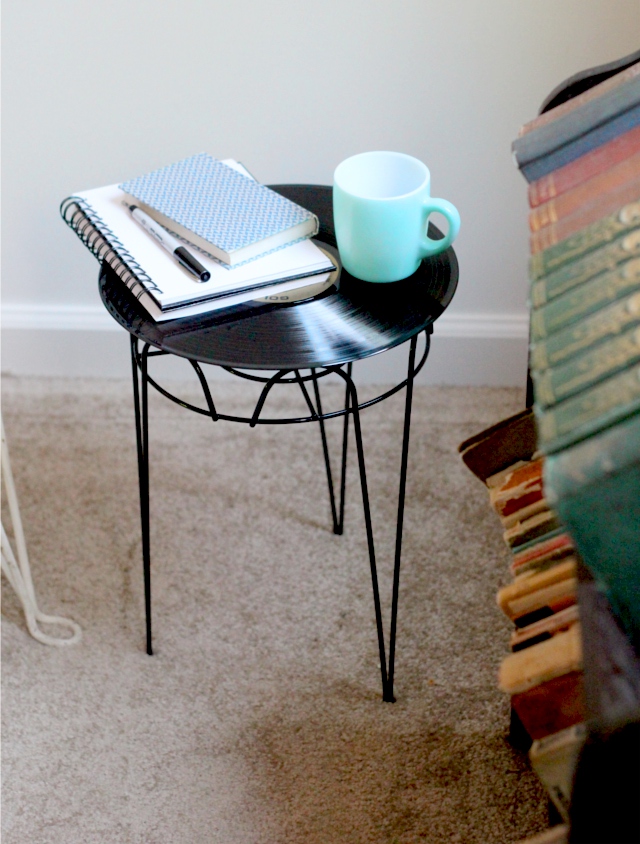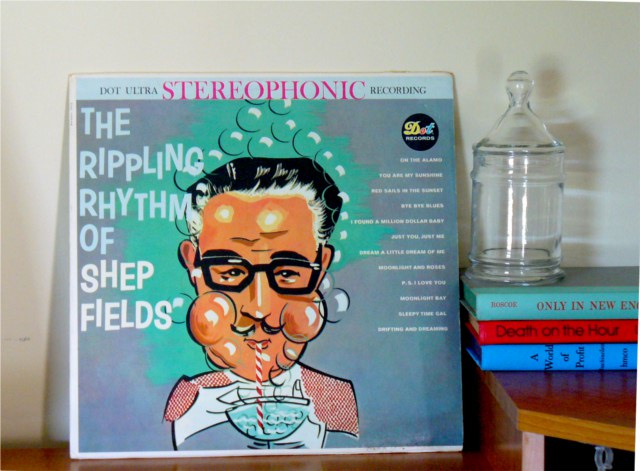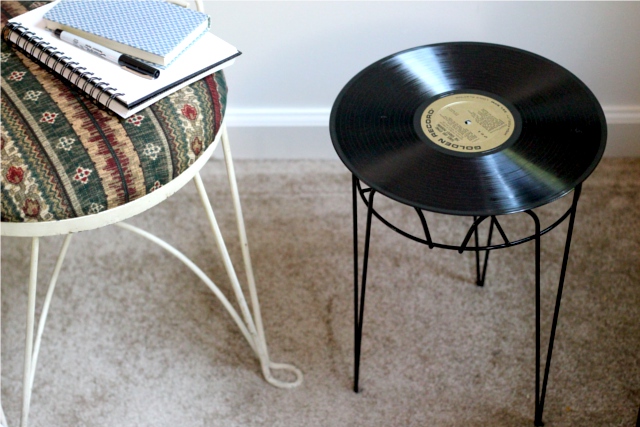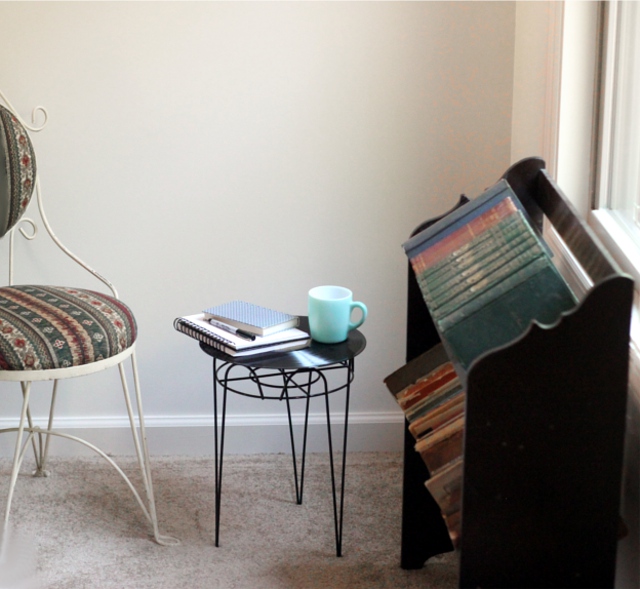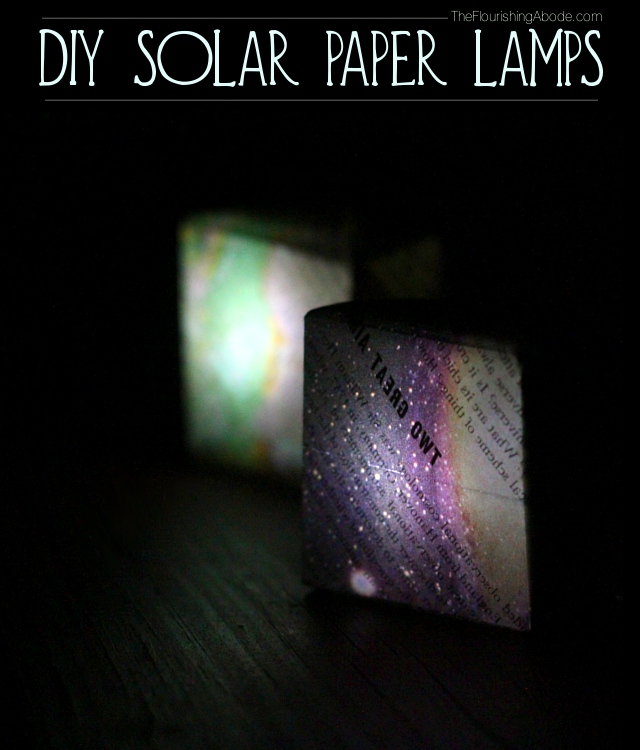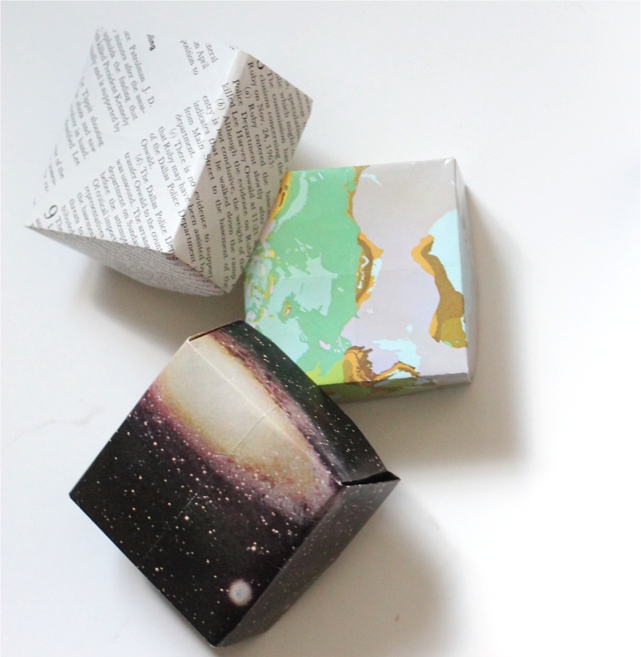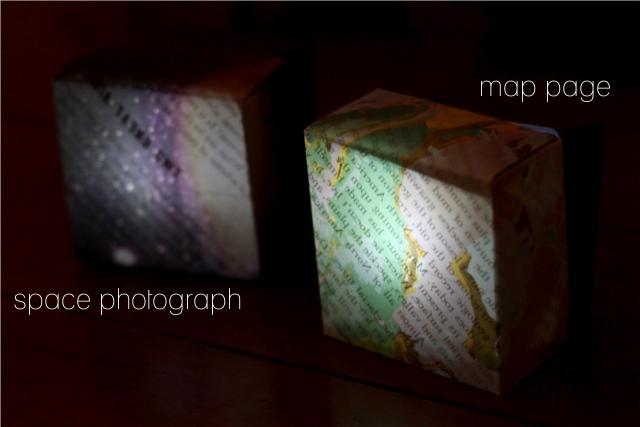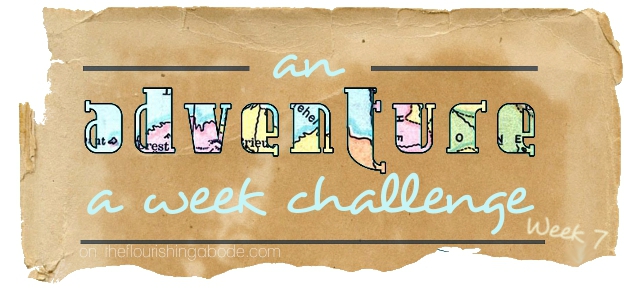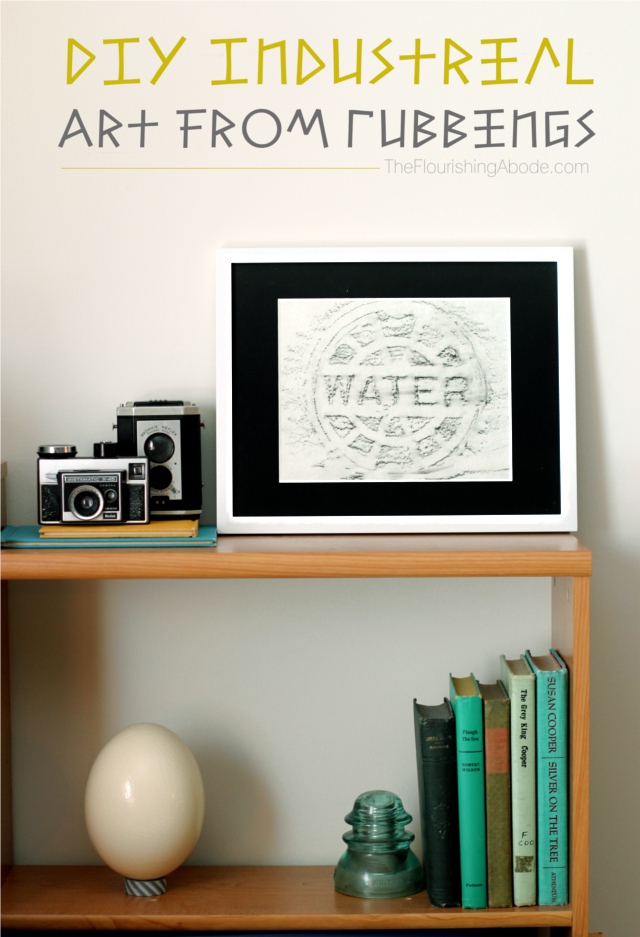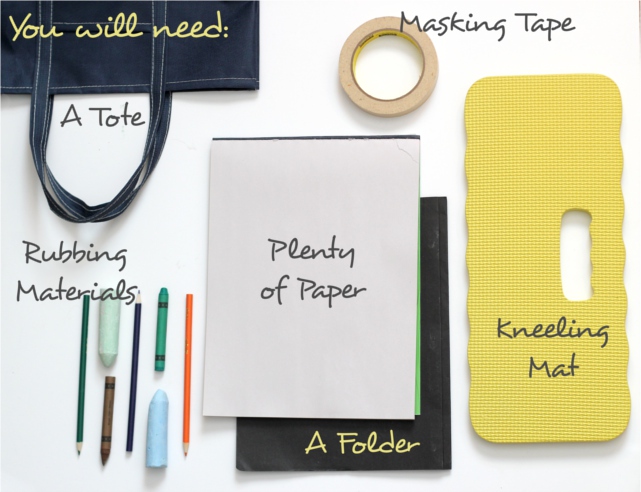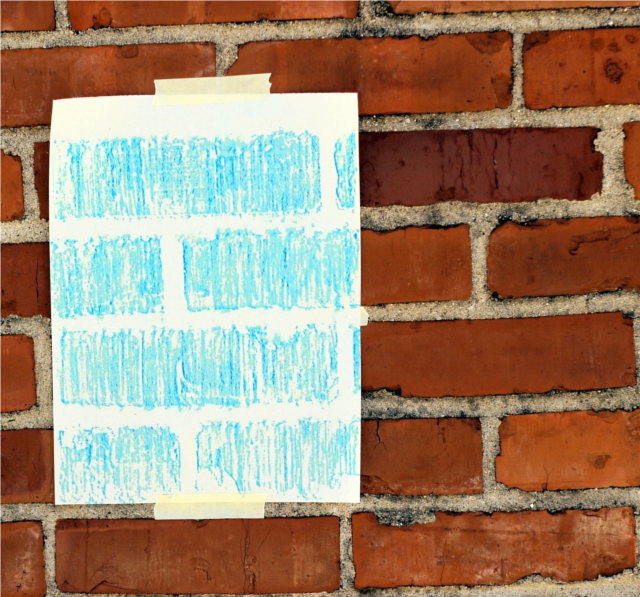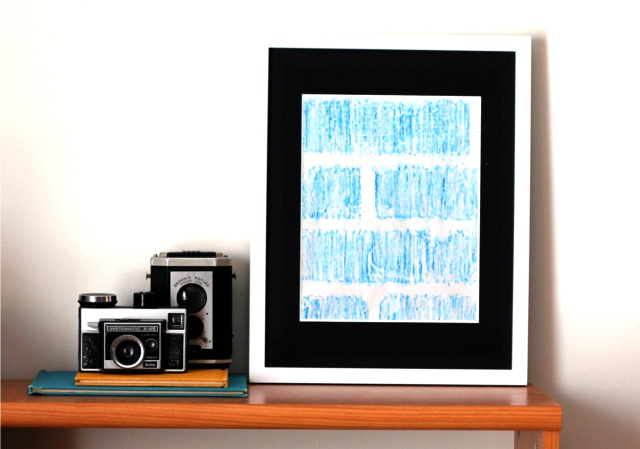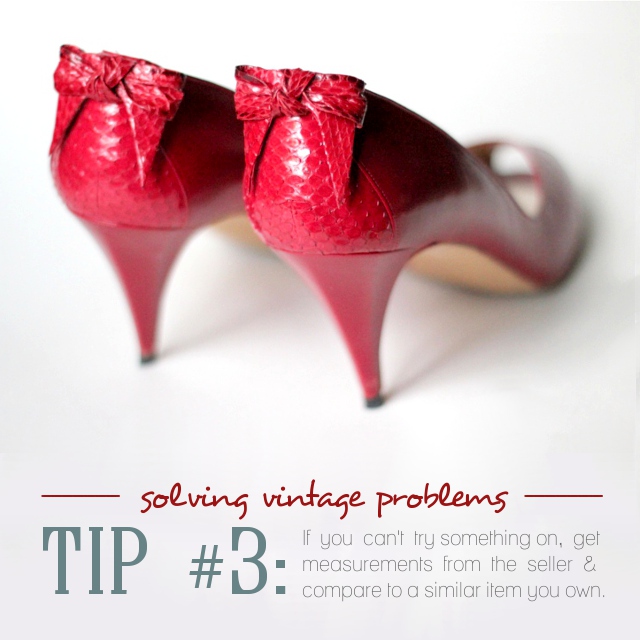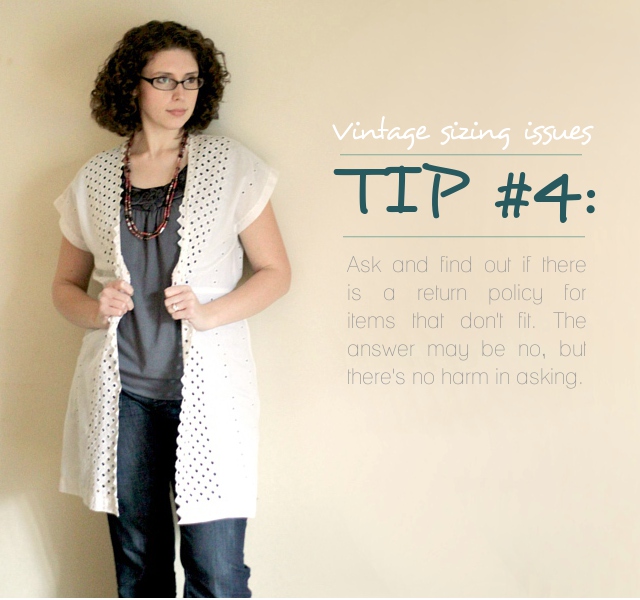So, as many of you know, we are trying to move to Boston! As you also may know, besides my art prints I also sell some vintage items in my shop as well. What you probably DON’T know, is that I have a huuuuge inventory of vintage stuff – much more than is in my shop – and I do NOT want to move it all to Boston! So … the number of vintage items in my shop has been growing – and I want to have a sale on all vintage items in my shop: 30% off all vintage items with the coupon code LETSMOVE. I’m highlighting some of the items in the post below (just click any photo to go to the item), but the coupon is good for all vintage items in my shop … click here to see all the vintage items– and I plan to be adding more continually until we move!
PLUS, as I announced earlier, each month this summer I’m going to pick one print from my shop and offer it at half off just for that month. You’ll find this month’s print-of-the-month at the end of the post!
PLUS, just for fun, I’m throwing in some vintage tips scattered among the vintage items below, I hope you’ll find them helpful. :)
Tip #1: Why vintage? Quality > quantity. As we are trying to downsize for our move we are taking a much more quality not quantity approach to our belongings. Many of the things that I know I will keep in our move are vintage items – items that are sturdy and have lasted well through the years and previous owners already, items that are classic and won’t be some trend that feels “so last year” in a few months, items that are of a better quality than the cheap version I could grab at the store today. Plus, on a more personal level, I think vintage items have so much more character!
Tip #2: How do you use vintage in décor? Highlight, don’t go matchy-matchy. Working a piece of vintage décor into a room is similar to working a piece of vintage clothing into an outfit – if every single article of clothing in your outfit is from the 1950’s, you’re going to come off as costumey. Instead try pairing a 50’s skirt with a modern top. The same for décor – if every shelf is covered in old knick-knacks, it will just become overwhelming visual noise. But if much of the room is simple clean lines, you can highlight some special vintage items or furniture and let them really pop by working them in with more simple or modern pieces.
Tip #3: How can I tell if a clothing item is vintage? Labels! Clothing labels tell a huge amount of information about the age of the garment – you may not be able to date every garment by the label and there are many other ways to date a garment, but you might be surprised at just how much you can learn from labels. For instance, did you know that on Levi’s jeans labels if the e is lower case then they were made after 1971 – but if the E is upper case then they were made before 1971? This tip and tons more are available on the Vintage Fashion Guild website, where they have a huge a-z resource on vintage clothing labels.
Tip #4: What’s the difference between vintage, antique and retro? Age and/or style. Vintage items, according to Etsy, have to be at least 20 years old … elsewhere vintage is often considered to be need to be at least 25-30 years old. Antique is significantly older – generally 100 years old or older. (That is for furniture, housewares, clothing, etc. There is a different standard for vehicles, but that’s not really my area.;) Retro generally refers less to a certain age of an item than to certain styles, so it is more nebulous. For instance you could have something modern made, but made to look like the style of a previous time, and so it would be called retro. Often retro refers to the style of the 40’s or 50’s, but doesn’t always have such a narrow meaning.
Aaaand now it’s time for the print of the month!
This is a pretty popular print in my shop, and with moving and travel on the mind, I thought it would be a fun one to go with for this month. It’s a nice large print at 11×14 inches … usually it’s $35, but with the coupon code FROMTHEABODE it would be 50% off, for only $17.50. (Plus shipping. The coupon is only valid for this print and only during July 2012. Any other purcahses would need to be made in a separate transaction.)
WooT! Let’s go exploring!
Well, I hope you’ve seen something that tickles your fancy, or at least that the tips were useful. :)
Here again are the coupon codes-
For 30% off all vintage items: LETSMOVE
For 50% off July’s print-of-the-month: FROMTHEABODE
If you know someone who likes vintage, please consider sharing this post with them – I want to get rid of as much as possible before we move! Thanks! :)
Leave your thoughts and comments below, I love to hear from you!
